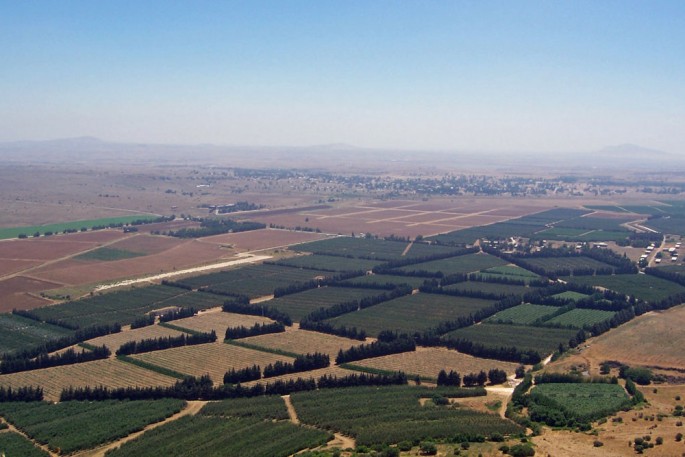New evidence regarding some Stone Age farmers were uncovered from the eastern region of the Fertile Crescent or the Middle East, suggesting how agriculture was developed and invented multiple times during this period, that can debunk the mysteries of how farming concepts came to be.
An international team of scientists from the University College of London and Johannes Gutenberg University reveals in this new study how skeletal remnants and teeth from four prehistoric individuals were excavated from the mountains of Zagros, Iran, which also provided clues how these humans had a regular diet of native grown crops, as early as 9,000 years ago.
Past studies have suggested how a group of hunter gatherers in the Middle East have first established the concept of agriculture and farmlands some 10,000 years ago, as they migrated to Europe, Asia and Africa as they integrated themselves to local groups.
For this new study however, DNA evidence from these four individuals all originate from a unique genetic group that has never been recognized before, as scientists describe them as possessing an appearance of brown eyes, darker skin and black hair which means that none of these are related to the first farmers in Europe who are Aegeans.
More specifically, these human bones found inside the Wezmeh Cave in Zagros are very well preserved where the others are discovered from a site known as Tepe Abdul Hosein which is also located in Iran, dating back to 10,000 years old. Researchers confirmed that these four individuals possessed very similar genomic signatures, as this new group is now dubbed as Zagros Neolithics.
According to anthropologist and population geneticist Joachim Burger from the Johannes Gutenberg University, their genetic makeup was very distinct from modern Europeans and farmer ancestors from Anatolia and Greece.
Researchers also estimated that these two populations separated into two some 46,000 to 77,000 years ago. Even if these two ancient farming cultures did not integrate with each other, Burger adds that there was a chance that they exchanged farming knowledge among the two populations.
Burger explains how the concept of agriculture did not occur overnight, since it began with building houses, clearing out forests and cultivating several crops, including establishing an effective water irrigation system. In addition, domesticating several animal species, and developing a technique to grind flour and then use flour to bake bread can take several thousands of years to fully develop into a culture, adding that it is also highly unlikely that this development occured in two places during the same period.
Now, these new findings reveal crucial evidence how different populations from different regions around the Fertile Crescent developed ways and solutions to live a domesticated life successfully, that paved way for the first communities, cities, cultures and human civilizations.
This new study is published in the journal, Science.






















